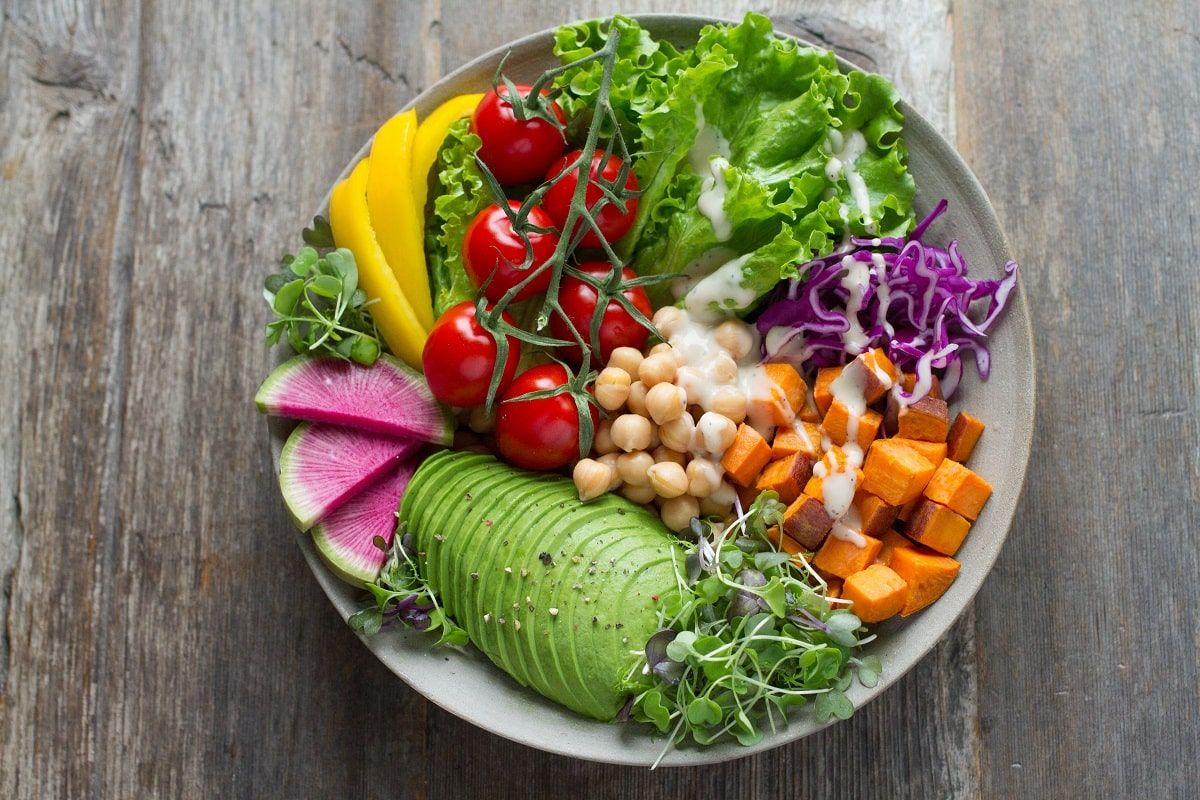Achieve Delicious Images – 4 Tips for Doing Food Photography Lighting
Rent film gear from local filmmakers.

Rent film gear from local filmmakers.
Food is all about taste, right? Wrong.
If you want to capture your audience's hearts and stomachs, then you'll need to master food photography. Read on for our tips and guide to delicious food photography.
If you're new to photography in general, why not check out our article on photography 101? There you can learn all you need to know about photography.
Basic lighting setup for food photography
Need some fool-proof lighting setups for your culinary masterpieces? Look no further.
Backlighting
This is where you position your light source behind the subject. Backlighting works wonderfully with beverages or soups- as it will bring out the lightest sheens on the liquids.
It can be a flattering angle for food subjects but can be challenging to work with – it often produces images too light at the back and too dark at the front. (You can balance this with reflectors!)
It generally isn't a good setup if you have a lot of dark to light contrasts in your image!
Side lighting
Here you can pull the eyes directly towards the brightest parts of the subject by lighting the food from the side. It works well if you light it from the left – especially if you use a large softbox level to your surface. The larger your light source, the more diffused the light will be.
You'll also want to use a reflector to bounce this light to the other side of the subject. Detail is important when photographing food! You want your audience to be able to see every ounce of effort you put into your masterpiece.

Types of artificial food photography lighting
Constant lighting source for an easy-setup
This is when you flood your setup with a steady source of light. With this, you can always see how the light and shadows are hitting your scene. Constant lighting is also an excellent setup for beginners, as it's easy to get the hang of and relatively affordable to set up.
Strobe light for a professional look
Strobe lights are a lot more powerful. If you’re shooting food photography, you’ll ideally want a light with at least 500 watts of power.
If you’re shooting for something professionally or for clients, you’ll want to use a strobe since it affords expert results.
Setting up your strobe light is pretty similar to your constant light, but the height of your light and the distance to your surface will vary.
Light modifiers to aid natural lighting
Softbox
These attach to your artificial light source to soften and diffuse the light. The bigger the softbox, the better your food masterpieces will look.
Reflector
This is placed opposite your light source to bounce the light back onto the subject and your scene.
Diffuser
Is placed between the light source and your subject. It helps diffuse or evenly distribute light throughout your scene.

4 Tips for food photography lighting
1. Diffuse the light
If you use a strobe or hard lighting source, it’s always a good idea to diffuse them. Strong explosions of light tend not to show textures and contrasts well – which is key to food photography. Work with your lights and reflectors to obtain the optimum light levels for your masterpiece.
2. Turn off all overhead lights
Make sure to do this if you are photographing under a constant light source. Indoor lights tend to give off a yellowish hue that will skew with your photographs' colours.
3. Be aware of potential shine
There will always be a tendency for natural light to catch on any reflective surfaces. To avoid this, play with the placement of your reflective objects or swap them for vintage ones with a patina to them.
4. Watch out for shadows
When shooting food, shadows may be darker than what you’re used to, so make sure you’re aware of this. This is perfect if you like that dark and dramatic look, but you can always play with reflectors to lighten up your scene.
How to become a better photographer
Now that you’ve mastered some quick and professional setups for food photography, head to our page on photography to expand your horizons.
Food photography lighting FAQ
What lighting should I use for food photography?
Many food photographers rely on diffused natural light. Softer light helps the colors stand out without the textures and contrasts becoming too overwhelming.
Can you use ring light for food photography?
Yes! There is no limit to the light sources you can use. Ring lights will create a soft glowing effect around your food which will make it pop out in your scene.























